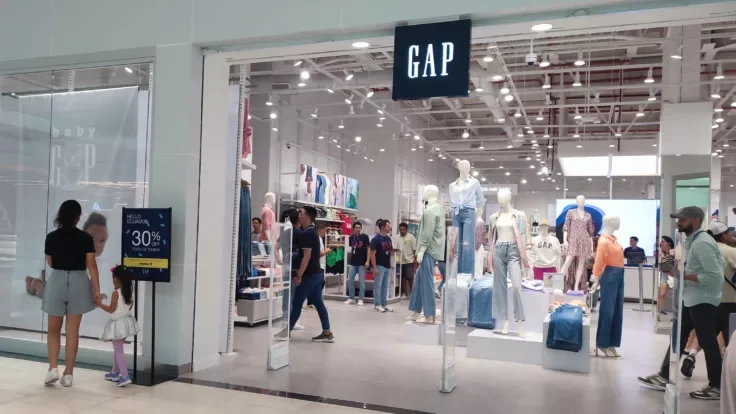Gap Expands Into Beauty and Accessories With Industry Veterans
Gap Inc., the American retail giant behind Old Navy, Banana Republic, and Athleta, is making its most ambitious play in years: an aggressive expansion into beauty and accessories. The move, announced Wednesday, signals a critical step in the company’s turnaround strategy under CEO Richard Dickson, who has been steadily restoring momentum since taking the helm in 2023.
Why Beauty and Accessories Are Critical Growth Engines?
The beauty sector has long been one of the most resilient in retail, with global sales projected to reach $646 billion by 2030 (Statista, 2024). Unlike apparel, beauty margins are higher, replenishment cycles are faster, and consumer loyalty often runs deeper. For a retailer like Gap, which has struggled for years to reignite consistent growth, beauty represents both diversification and a potential profit stabilizer.
Accessories, meanwhile, offer another lucrative pathway. Handbags, footwear, and jewelry are categories that not only elevate brand perception but also create entry points for younger consumers. Gap’s move mirrors strategies seen at Old Navy, which recently launched handbags to strong consumer response (Business of Beauty, 2025).
Reed Krakoff and John Demsey: The Power Duo
Reed Krakoff & John Demsey Portrait
Gap has enlisted two of fashion and beauty’s most seasoned executives:
Reed Krakoff , best known as the architect of Coach’s meteoric rise in the late ’90s and for his namesake luxury brand, will serve as executive director of accessories.
John Demsey , the powerhouse behind MAC Cosmetics’ transformation into a global beauty juggernaut under Estée Lauder, will consult on the company’s beauty strategy.
Their involvement signals Gap’s commitment to building authority quickly in categories where it lacks heritage. Krakoff brings credibility in accessories design and branding, while Demsey offers insider expertise on scaling beauty businesses with cultural impact (Business of Beauty, 2025).
The New Team Driving Execution
To ensure execution, Gap has tapped seasoned operators:
Deb Redmond, a Nordstrom veteran, as general manager of beauty.
Michele Parsons, formerly of Kate Spade and Coach, as general manager of accessories.
Both will report directly to Eric Chan, Gap Inc.’s chief business and strategy officer.
The appointment of such high-level talent shows this isn’t a half measure. Gap is positioning beauty and accessories as core growth engines, not side experiments.
Can Gap Reinvent Itself as a Lifestyle Powerhouse?
Historically, Gap has been synonymous with denim, basics, and Americana style. But as fast fashion and digital-native brands chipped away at its market share, Gap struggled to differentiate. By expanding into beauty and accessories, the company is attempting to reposition itself as a lifestyle powerhouse rather than a pure-play apparel retailer.
This strategy echoes moves by brands like H&M (with its beauty lines and designer collaborations) and Zara (which successfully integrated accessories into its fashion ecosystem). The difference? Gap is betting on heavyweight names and expertise to carve out credibility quickly.
The Stakes Ahead
For Richard Dickson, the timing is critical. Gap’s revenue recovery remains fragile, and beauty is far from an easy win, it demands cultural relevance, influencer marketing, and strong retail execution. Yet, if successful, beauty and accessories could unlock both new customers and higher margins.
As Demsey once said during his Estée Lauder years: “Beauty is the intersection of product, culture, and storytelling.” Whether Gap can master that formula will determine if this push marks a renaissance or another missed opportunity.




